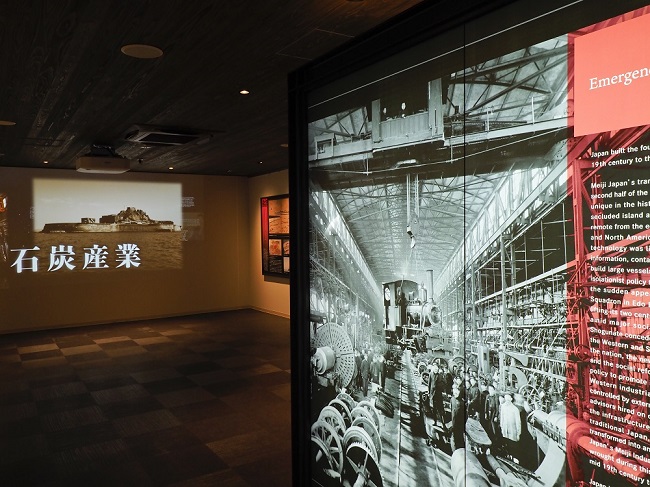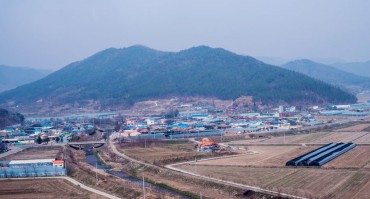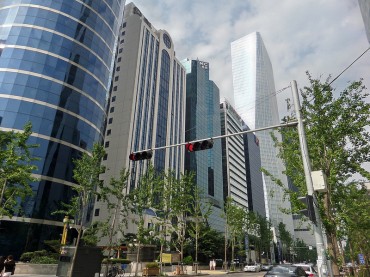
This photo, provided by Japan’s new Industrial Heritage Information Centre in Tokyo on June 14, 2020, shows an exhibit detailing the country’s coal industry during the Meiji Era.
SEOUL, June 23 (Korea Bizwire) — Japan’s Industrial Heritage Information Center in Tokyo, criticized for distorting historical facts related to forced labor on Hashima Island — also known as Gunkanjima — turned out to be the tip of the iceberg as fake information on history regarding forced labor by Imperial Japan continues to spread online.
Searching a Japanese word for ‘forced laborers’ on YouTube returns a video titled ‘the true story of forced laborers told by Koreans’ which gained 850,000 views and ranked second on the search list.
In the video, a man who introduces himself as a Korean national lays out false information on forced labor in Japanese. Forced labor victims were “in fact factory workers who joined voluntarily,” he said.
“Many Korean compatriots in Japan and North Koreans claim that Koreans were put to forced labor by Japan, all of which are lies comparable to those regarding sex slaves,” he argues.
In contrast, a search in Korean for ‘forced labor’ on YouTube results in videos of various testimonies given by victims of forced labor.
The Truth of Gunkanjima, a website run by Japan’s National Congress of Industrial Heritage, also attempts to hide the island’s dark history.
“Misunderstanding of Gunkanjima is spreading worldwide via books, newspapers, television, and movies,” the website argues as it uploaded YouTube videos of interviews with former Gunkanjima residents.

Searching a Japanese word for ‘forced laborers’ on YouTube returns a video titled ‘the true story of forced laborers told by Koreans’ which gained 850,000 views and ranked second on the search list. (Yonhap)
Fumio Suzuki, a second-generation Korean compatriot in Japan reportedly born on Gunkanjima, said in an interview that he was “loved” when he lived on the island.
When asked about various abuses including children being forced to work or being lashed with a whip, he responded that “there was no such thing.”
According to Suzuki’s testimony, his father worked as a manager with several men working for him, indicating that his father’s status was completely different from those who fell victim to forced labor.
The late Choi Jang-seop, a forced labor victim in Gunkanjima, said in an interview in 2017 that he spent “three years of ‘jail time’ on Hashima.”
“It devastates me whenever I am reminded of those days when I had to work at the mines,” he said.
Distortion of historical facts is expected to worsen as forced labor victims continue to pass away.
H. M. Kang (hmkang@koreabizwire.com)






